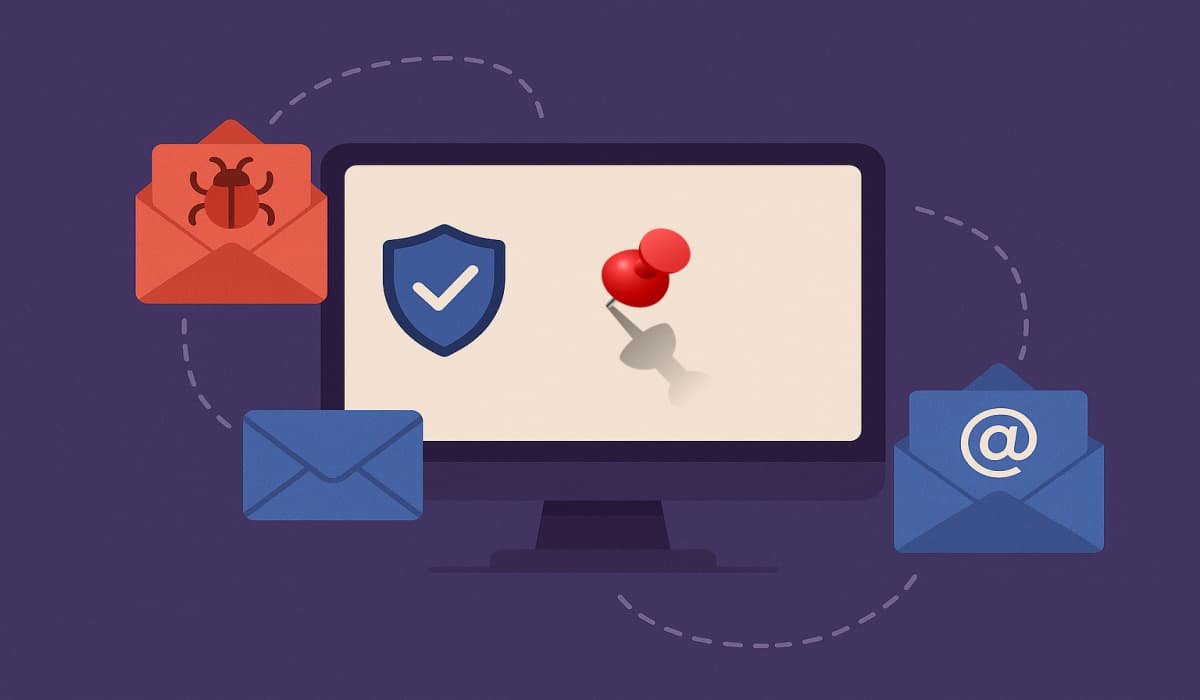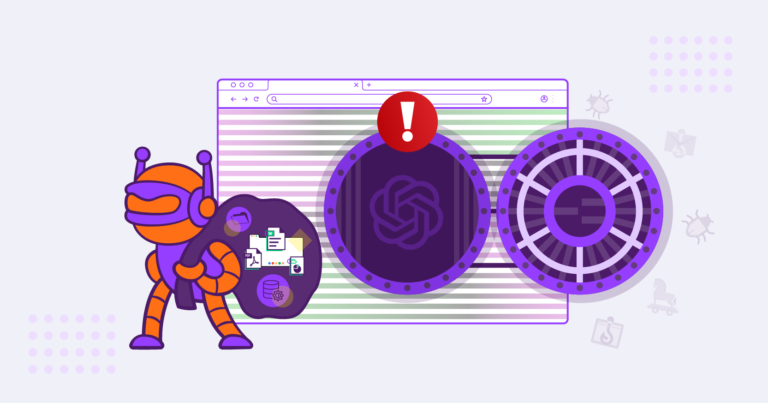
Email is still the backbone of how businesses communicate, with more than 300 billion messages sent every day. But this huge volume also makes it one of the easiest ways for cybercriminals to get in. As companies depend more and more on digital communication, strong email security becomes essential.
Understanding Email Security Threats
Modern email threats go way beyond basic spam. Today’s attackers use advanced tactics like spear phishing, business email compromise and even zero-day malware. These threats can slip past older security tools and lead to data breaches, financial losses and serious damage to a company’s reputation.
Recent studies indicate that 94% of malware is delivered via email, making it the most common attack vector for cybercriminals. Furthermore, email-based attacks have increased by 67% over the past year, with phishing attempts becoming increasingly sophisticated and difficult to detect through conventional means.
The Essential Defense: Secure Email Gateways
A secure email gateway serves as a comprehensive defence mechanism positioned between your organization’s email infrastructure and external email traffic. This critical security layer performs multiple functions simultaneously, including malware detection, spam filtering, data loss prevention, and email encryption.
Unlike simple filters that just block suspicious senders based on reputation, today’s secure email gateways use advanced AI and machine learning to catch new threats as they happen. They check email content, watch for unusual sender behaviour, and inspect attachments to deliver layered protection against both known and unknown attacks.
New ways to block file-based attacks have become a key part of strong email security. Companies like Sasa Software named a ‘Cool Vendor’ by Gartner for its work in cyber-physical security, use advanced Content Disarm and Reconstruction (CDR) technology.
This process cleans risky files by stripping out harmful code but keeps the document usable. It adds an extra layer of protection against zero-day exploits and persistent threats that old signature-based tools often fail to catch.
Key Features That Define Effective Email Security
Advanced threat protection is essential for strong email security. This includes real-time link scanning, sandboxing suspicious attachments, and watching for unusual communication patterns that could signal a compromised account or a social engineering attempt.
Content filtering and data loss prevention features ensure that sensitive information remains protected during transmission. These capabilities automatically identify and classify confidential data, applying appropriate encryption or blocking unauthorized transmissions based on predefined policies.
Email encryption functionality also provides end-to-end protection for sensitive communications, ensuring that even if messages are intercepted during transmission, the content remains unreadable to unauthorized parties. This feature is particularly important for organizations handling regulated data such as healthcare records, financial information, or legal documents.
Implementation Considerations for Organizations
When evaluating email security solutions, organizations must consider scalability, integration capabilities, and user experience impact. The ideal solution should seamlessly integrate with existing email infrastructure while providing comprehensive protection without significantly disrupting normal business operations.
Cloud-based deployment options offer numerous advantages, including reduced infrastructure costs, automatic updates, and global threat intelligence sharing. These solutions can scale dynamically with organizational growth while providing consistent protection across distributed workforces.
Administrative oversight and reporting capabilities enable security teams to monitor threat landscapes, track security incidents, and generate compliance reports required by various regulatory frameworks such as GDPR, HIPAA, or PCI DSS.
Best Practices for Email Security Implementation
Successful email security implementation requires a comprehensive approach combining technological solutions with user education and policy development. Regular security awareness training helps employees recognize and report suspicious emails, creating a human firewall that complements technical security measures.
Establishing clear email usage policies and incident response procedures ensures that organizations can respond quickly and effectively when security incidents occur. These policies should address acceptable use guidelines, data handling procedures, and escalation protocols for suspected security breaches.
Regular security assessments and penetration testing help identify potential vulnerabilities in email security configurations, ensuring that protection mechanisms remain effective against evolving threat landscapes.
As cyber threats continue to evolve in sophistication and frequency, implementing a secure email gateway becomes increasingly critical for organizations of all sizes. The cost of a security breach far exceeds the investment required for comprehensive email protection, making robust email security not just a technical necessity but a sound business decision.
Organizations seeking to protect their digital communications should prioritize solutions that offer comprehensive threat protection, seamless integration capabilities, and scalable deployment options. By implementing proper email security measures, businesses can maintain secure communications while enabling productive collaboration in today’s interconnected business environment.



